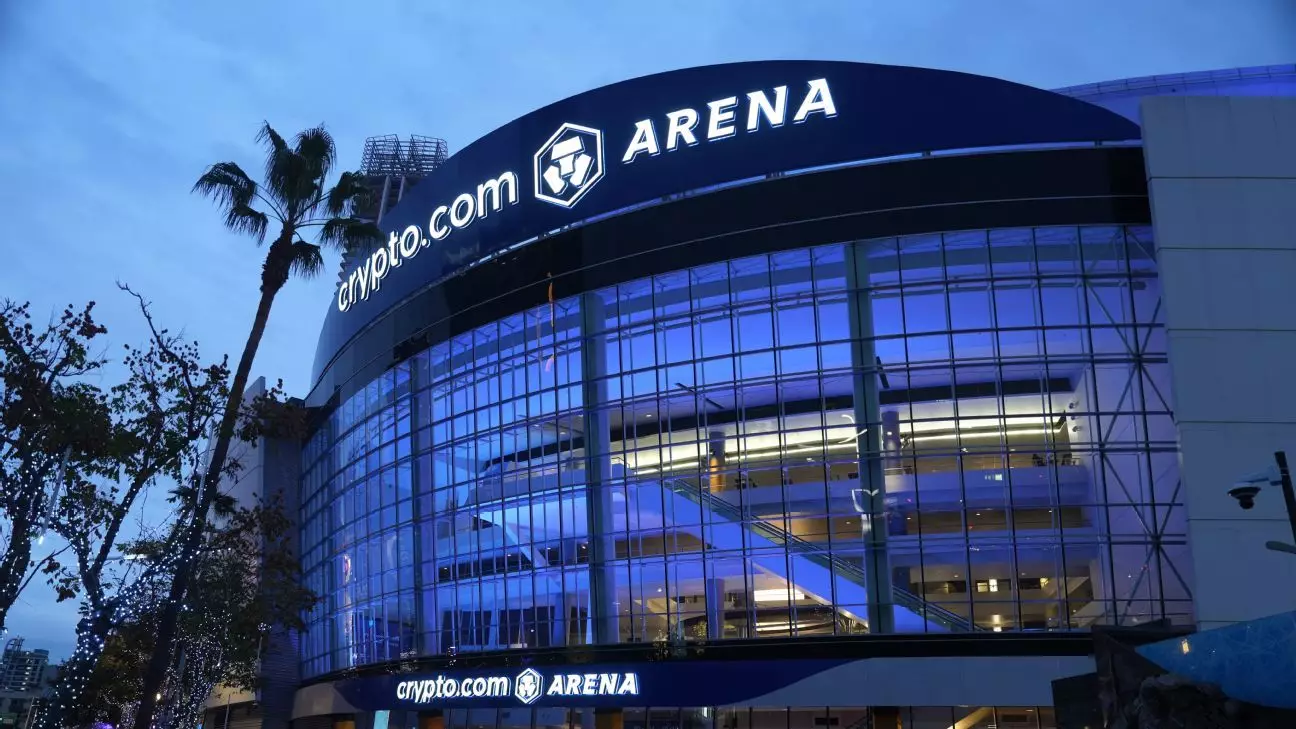One of the most significant factors influencing a team’s performance in professional sports is the concept of home advantage. Playing in familiar surroundings, where players can rest in their own beds and enjoy the supportive energy of local fans, often gives teams a crucial edge over their opponents. This phenomenon is particularly pronounced during the playoffs, where the stakes are higher, and the atmosphere becomes even more electric. As a result, franchises invest significant effort throughout the regular season to secure home-field advantage, recognizing its potential impact on their chances of success.
In North America, numerous cities are home to multiple professional sports franchises that share the same venue. This arrangement not only maximizes the use of valuable real estate but also fosters a unique sports culture within those cities. One example is America First Field in Sandy, Utah, which serves as the battleground for both Real Salt Lake of Major League Soccer and the Utah Royals of the National Women’s Soccer League. This kind of cohabitation allows fans to support both teams and creates a vibrant community aura centered around the love of sports.
Similarly, the American Airlines Center in Dallas is another prime example where two major franchises—Dallas Mavericks of the NBA and Dallas Stars of the NHL—play in the same arena. This dual residency not only optimizes financial resources but also cultivates a shared fanbase that often crosses sports lines. The enthusiasm of Mavericks fans might echo in the stands as Stars games unfold, illustrating how synergistic effects can heighten the local sports experience.
In Washington, D.C., Audi Field stands out as a venue that encapsulates the spirit of modern American sports. Home to D.C. United of Major League Soccer and the Washington Spirit of the NWSL, Audi Field represents a growing trend of cities embracing women’s sports alongside traditional men’s leagues. This evolution reflects a wider societal shift towards equality in sports, promoting inclusivity and recognition for female athletes. The energy buzzing through the stands on game nights showcases the unifying effect of shared venues.
The Economic and Cultural Impacts
The implications of shared sports venues extend beyond just gameplay; they also play a significant role in economic growth for cities. By housing multiple teams, venues draw larger crowds, which positively influences local businesses, from restaurants to hotels. This economic symbiosis helps to develop a city’s identity around sports, creating a lasting cultural legacy that resonates with both residents and visitors alike.
As cities present the dual challenge of fostering community and managing resources, shared sports venues have risen to prominence as viable solutions. They not only amplify the thrill of local sports but also create unique community landscapes rooted in shared experiences. Understanding the dynamics of home advantage and the collective spirit fostered by these shared arenas is essential for any sports fan eager to grasp the complete picture of athletic competition in North America. Ultimately, the impact of home-court or home-field advantage is magnified in these environments, leading to incredible moments and unforgettable seasons in the world of professional sports.
